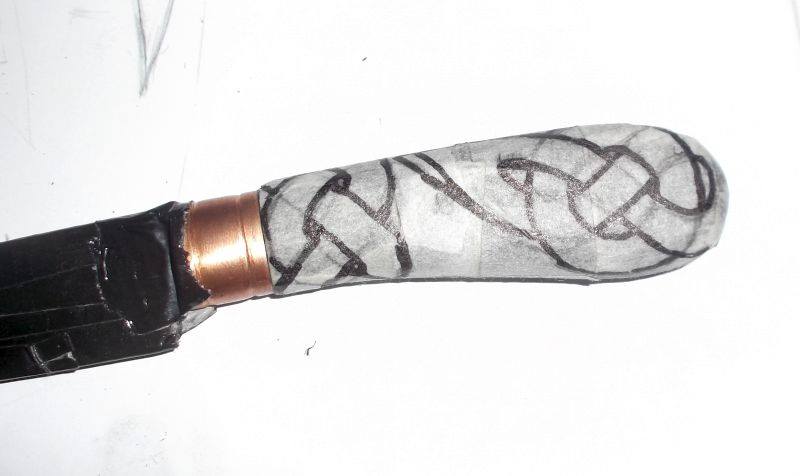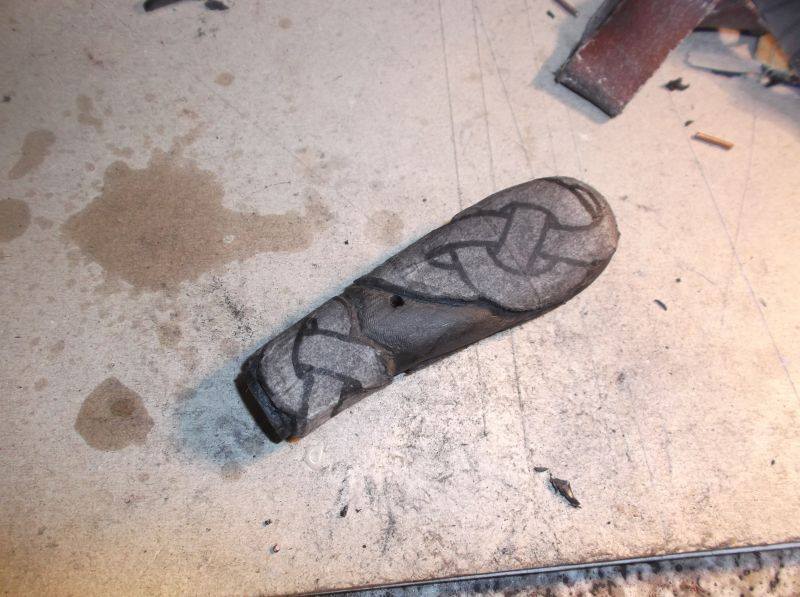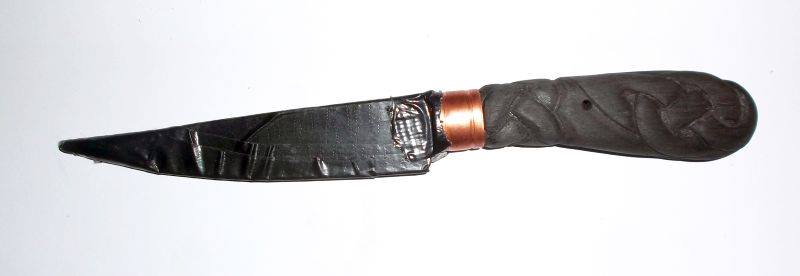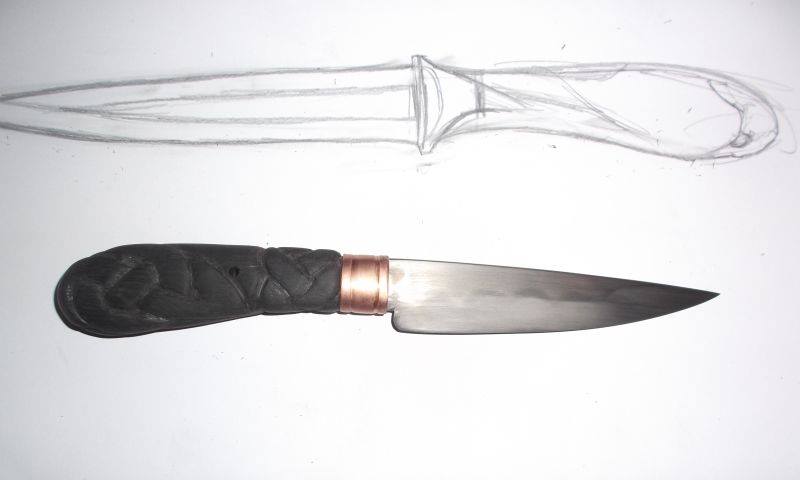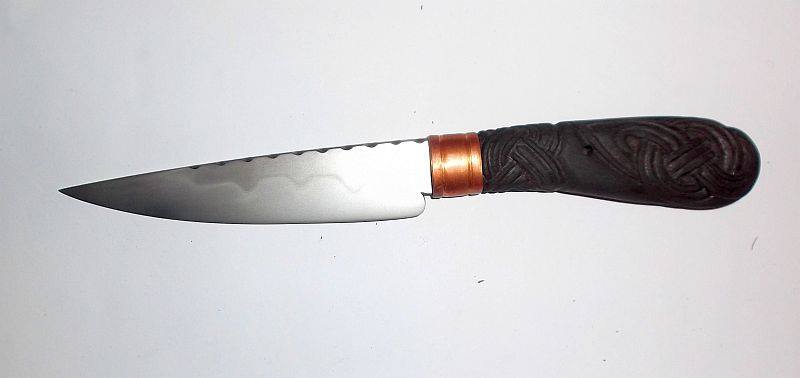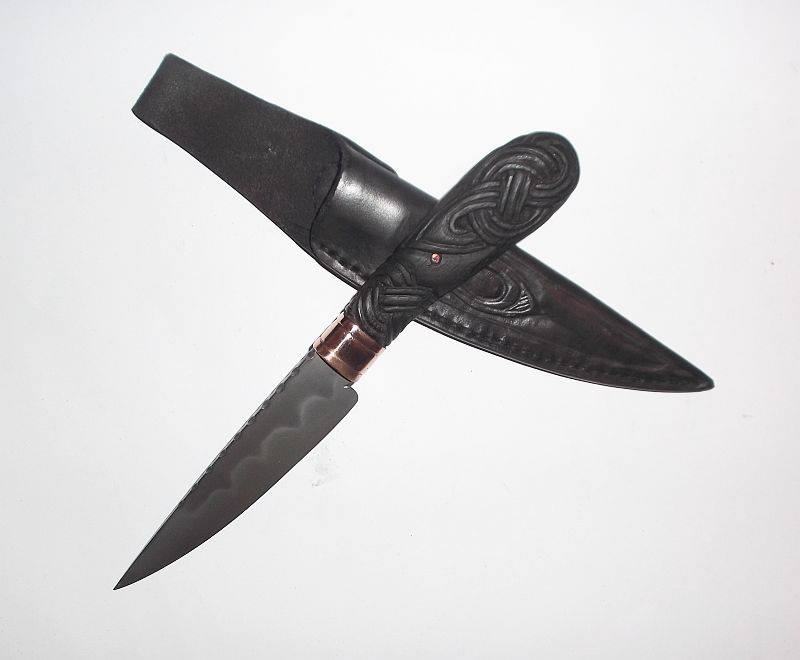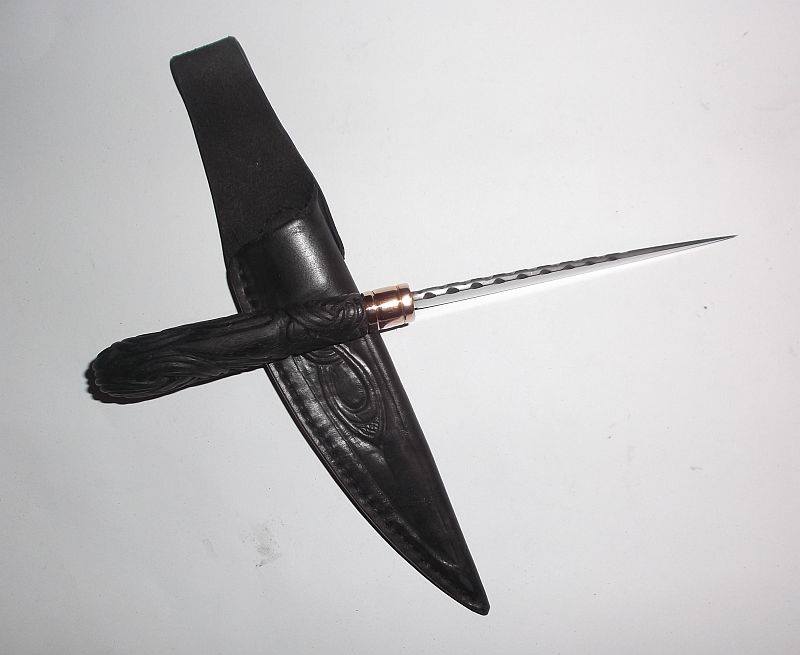Isle of Skye
Scotland
(+44) 01470 521 243
SkyeKnives
Your Custom Text Here

Knives
This page is dedicated to older knives and past commissions, to give an idea of the kind of pieces I make and styles I work in.














